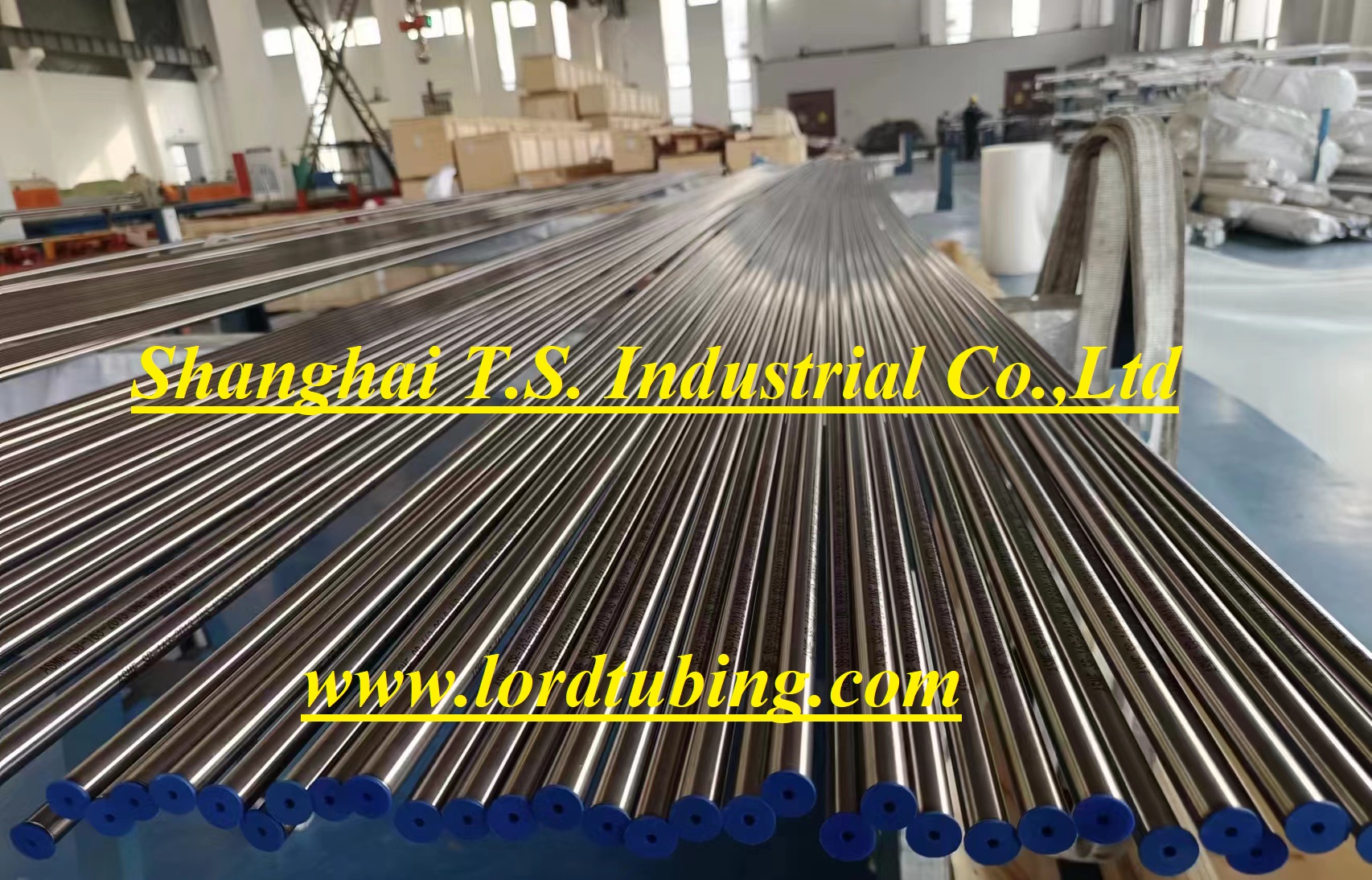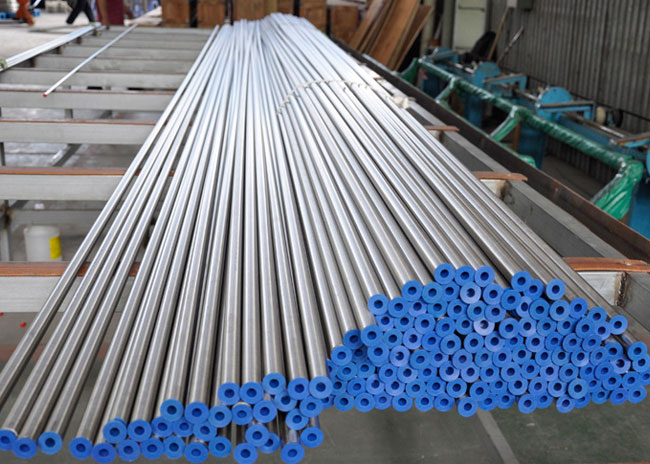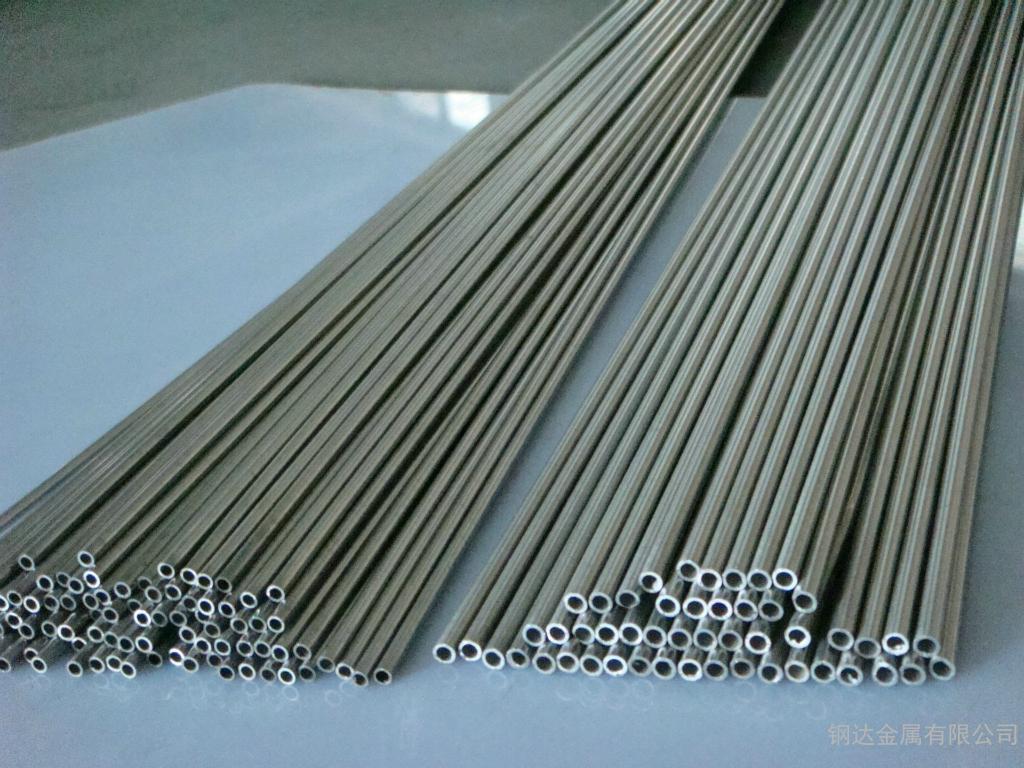Difference between Monel 400 and Monel K-500 Tubes
How can you find nickel-based alloy pipes that are both corrosion resistant and mechanically strong in severe environments like maritime engineering and chemical equipment? As a global supplier of Monel alloy, we thoroughly examined the 8 significant differences between Monel 400 and K500 to save you 30% of the selecting time.
What are Monel Alloys?
Monel alloy is a Ni-Cu binary solid solution alloy with a nickel-based matrix composed of 65-70% nickel, 20-30% copper, and trace amounts of other alloying elements. The Ni-Cu ratio of Monel alloy corresponds to the "natural" composition found in its raw mineral form, which is why it is also known as a naturally corrosion-resistant alloy.
|
|
Monel 400 |
Monel K-500 |
|
Nickel+Cobalt (Ni+Co) |
≥63.00 |
≥63.00 |
|
Carbon (C) |
≤0.30 |
≤0.25 |
|
Manganese (Mn) |
≤2.00 |
≤1.50 |
|
Silicon (Si) |
≤0.5 |
≤0.50 |
|
Sulfur (S) |
≤0.024 |
≤0.01 |
|
Iron (Fe) |
≤2.50 |
≤2.00 |
|
Copper (Cu) |
28.00-34.00 |
27.00-33.00 |
|
Aluminum (Al) |
- |
2.30-3.15 |
|
Titanium (Ti) |
- |
0.35-0.85 |
|
|
Condition |
Tensile Strength, MPa |
Yield Strength, MPa |
Elongation, % |
Hardness |
Shear Strength, MPa |
|
|
Monel 400 |
Annealed |
550-650 |
240-300 |
35-50 |
150–200 HV |
320-380 |
|
|
Monel K-500 |
Age- Hardened |
950-1200 |
650-900 |
15-25 |
250–350 HV |
530-720 |
|
|
Density |
Melting Point |
Modulus of Elasticity, 103 ksi |
Poisson’s Ratio |
||||
|
g/cm3 |
lb/in.3 |
°C |
°F |
Tension |
Compression |
Torsion |
||
|
Monel 400 |
8.80 |
0.318 |
1300-1350 |
2370-2460 |
26.0 |
26.0 |
9.5 |
0.32 |
|
Monel K-500 |
8.44 |
0.305 |
1315-1350 |
2400-2460 |
26.0 |
- |
9.5 |
0.32 |
|
|
Monel 400 |
Monel K-500 |
|
Seawater and marine environment |
Excellent |
Excellent |
|
Chloride environment |
Excellent |
Good |
|
Weak acid environment |
Good |
Good |
|
Strong oxidizing environment (such as nitric acid) |
Bad |
Bad |
|
High-temperature environment |
Good |
General |
|
Grade |
UNS |
W.Nr. |
DIN |
BS |
GOST |
|
Monel 400 |
N04400 |
2.4360/2.4361 |
NiCu30Fe |
NA13 |
NMZhMts28-2,5-1,5 |
|
Monel K-500 |
N05500 |
2.4375 |
NiCu30Al |
NA18 |
N65D29JuT-ISh |

Monel Alloy Tube
请输入搜索关键字
确定






